4 Easy Crafts That Double as Learning Fun (Perfect for Not-So-Crafty Moms)
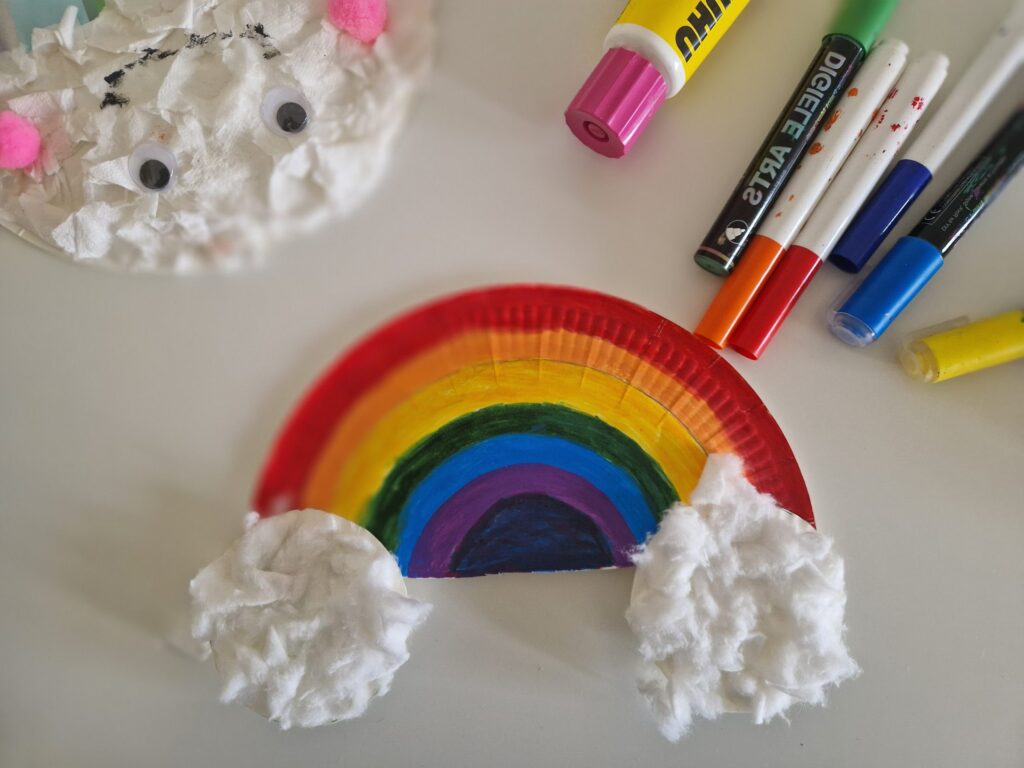
As a mom of three who adores crafting with her littles, sometimes I get tired of the same old routine, and I’m constantly looking for new and exciting ways to keep them entertained. So I try to switch things up a little by turning simple crafts into fun learning activities! Not only do they have a blast getting creative, but they’re also learning new skills along the way. From making paper plate masks to creating shape collages, there are endless possibilities for incorporating education into crafting time with your kids. Keep reading to find out how to turn 5 simple crafts into engaging learning activities for your little ones!
Why Crafts Make the Best Learning Activities
Before we dive in, here are my thoughts on why crafts make the best learning activities. Ever since I started crafting with my kids, I’ve observed that when they craft, they’re not just making cute paper plate butterflies, or cutting out shapes—they’re actually doing the following:
- Building fine motor skills: I see my When they cut, glue, colour, they’re strengthening their grip, wrist control and improving hand-eye coordination.
- Boosting problem-solving and creativity skills: “How do I cut around this shape?”, “Where do I stick these googly eyes?”It encourages decision-making and figuring things out on their own.
- Learning patience and focus: Because crafting can be frustrating sometimes, like when the googly eyes are not sticking properly or the pipe cleaners refuse to look cute on the paper butterfly. The truth is, constant practice encourages patience and builds attention span.
- Practising math, science, literacy, and sensory skills: Nothing screams learning in a natural way more than crafting. Think textures of glue, paper, crayons – they’re learning through their senses. Think glueing coloured paper strip by strip, or glueing cut-out circles in a row to form a caterpillar – that’s practicing math in a natural way.
Now, let’s dive right in….
Craft #1: Paper Plate Animals
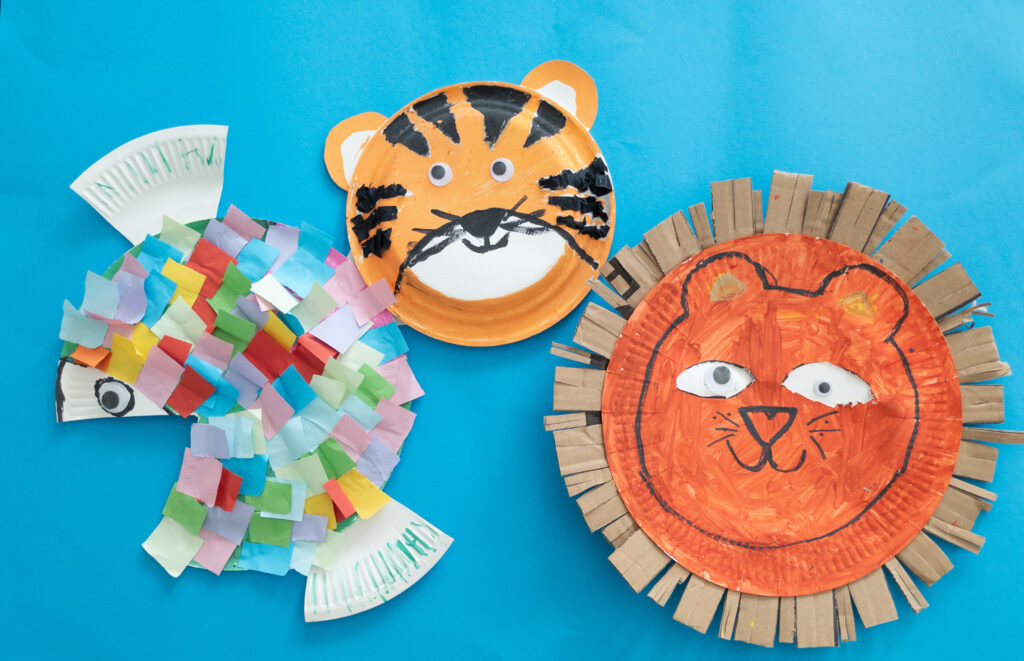
Grab some paper plates, paints, and markers. Help your little one explore different types of animals and their animal body parts by creating their own unique animal crafts. Talk about each animal’s body parts as your child sticks each part in the right place. Before they begin to paint or colour, discuss the various colours they choose to use to decorate their animal craft. For example, if you’re making a paper plate lion, talk about the big, hairy ball around its face (the mane) and what colour it is, and the colour of its eyes. This activity is not only a great way to boost creativity but also an excellent opportunity to introduce basic concepts like body parts and colours.
Craft #2: Nature Collage
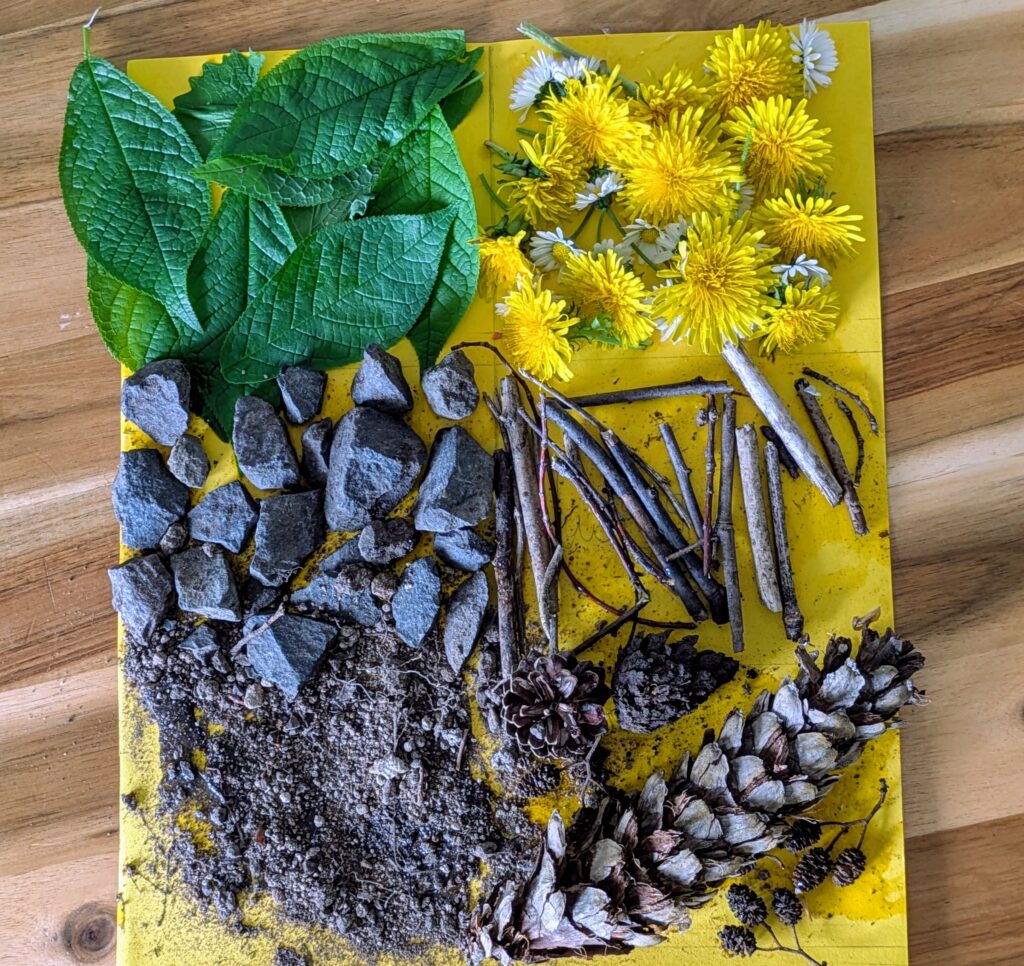
Who knew a simple nature collage activity could be so educational?
With a nature collage, you can help your child appreciate the beauty around them, and know this beauty by name. Take a walk and gather leaves, flowers, twigs, branches, stones and sand. When you’re back home, let your child stick them on paper, one nature at a time, to create a beautiful collage art. But now, don’t just stick, talk as you go. Ask open-ended questions like:
“What do you think this is?”
“How does it feel?” “
Can you find two leaves that look the same?”
It’s really a fun craft activity that teaches kids about different textures and colours in nature and it serves as the perfect opportunity to sneak in a little chat about the environment.
Craft #3: Playdough Fun
I think playdough is one of the most underrated craft and learning materials out there for kids. Sometimes I just want to say, “If only parents knew what a treasure this stuff is!”
Now let’s talk about how to turn playdough time into a learning wonder for your child.
Because playing with playdough isn’t just squishing and moulding—it’s a full sensory experience that builds fine motor strength (obviously), but also opens the door to early language, math, or pretend play.
Even with a one-year-old, here’s how to sneak in learning without pressure:
Talk as they play:
“You’re squishing the blue playdough!”
“That’s a long snake you rolled—let’s stretch it out!”
Name colours, textures, and actions:
“Let’s press the red one. This one’s bumpy—can you find a smooth one?”
Make faces:
Mould a face, eyes, mouth and nose. Make different faces -teaches emotions and feelings.
Practice counting:
“Let’s roll three balls. One… two… three!” (They don’t even have to repeat, just hearing it matters!)
Introduce pretend play:
Make a mini pizza, a bug, or a little playdough friend—“This is your baby’s blanket—can you tuck her in?”
Mom Tip: Keep a small box of cookie cutters, rolling pins, bottle caps, and animals nearby—simple tools = endless playdough learning.
Craft #4: Rainbow Cloud
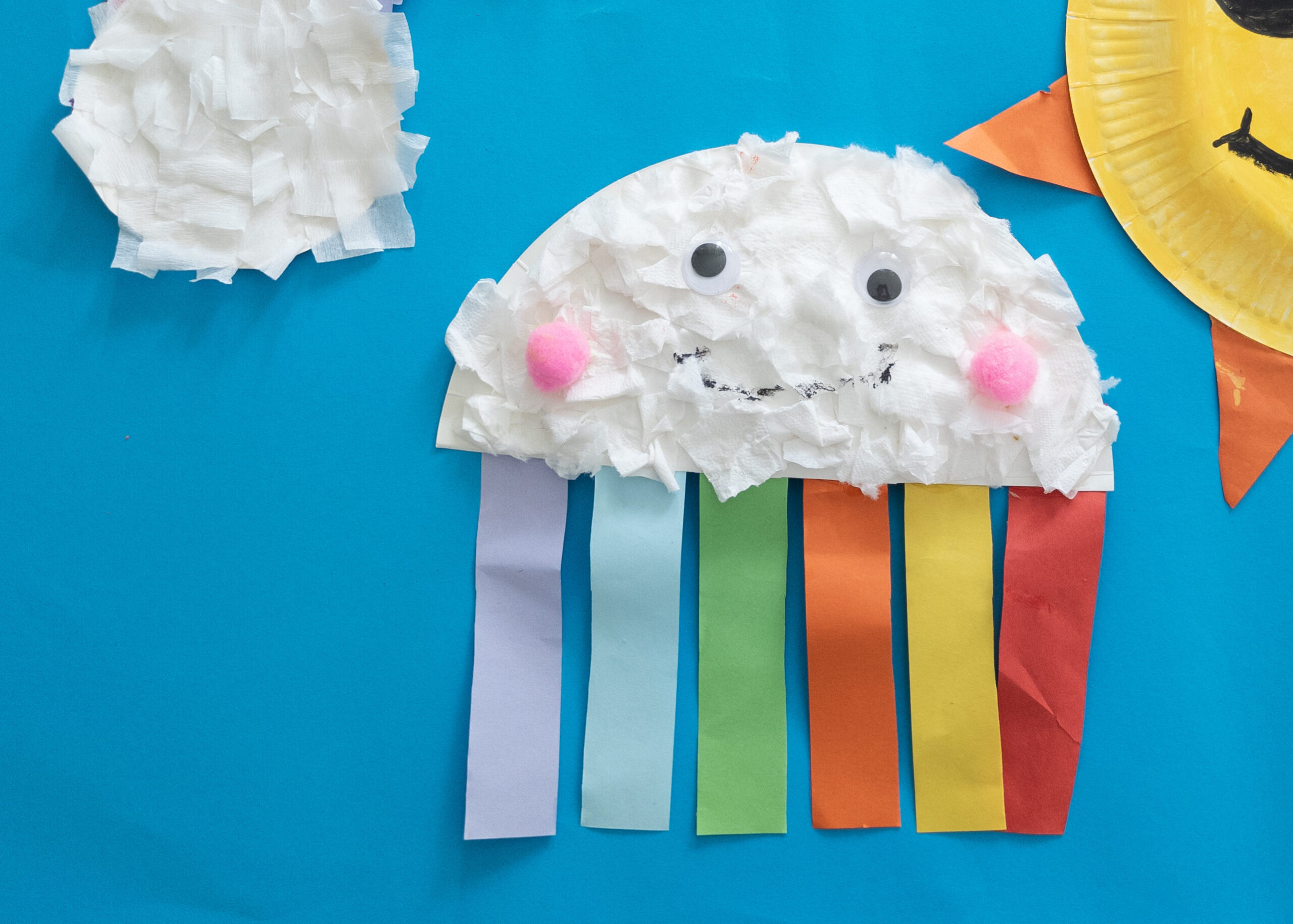
Start by cutting out a simple cloud shape from white paper or a paper plate. Then, help your child glue or tape coloured paper strips in rainbow order underneath the cloud.
As they work, turn it into a learning moment:
Add cotton balls for texture:
Let them feel and describe: “It’s soft and fluffy like a real cloud!”
Talk about the colours one by one:
“This one is red. Can you find orange next?”
Name them in sequence:
“Red, orange, yellow… what comes next?”
Count the strips together:
“How many colours do we have?”
What they’ll be learning through this is:
- Colour recognition
- Counting
- Fine motor skills (glueing, placing)
- Sensory exploration (with cotton balls)
- Listening and following directions
Conclusion:
Crafting with kids is more than just fun, it’s also about the learning that comes with it.
And the best part is that your child is learning under no pressure at all, and while they create, and explore, and YOU are making sweet memories in the process.
So next time you find yourself thinking, “We should probably do something today…”—Try one of these simple crafts. You’ll be amazed at how much learning is hidden in a little glue, paper, and conversation.
Try one of these crafts this week and tell me how it went in the comments!
Share this post with another not-so-crafty mama who wants easy wins!

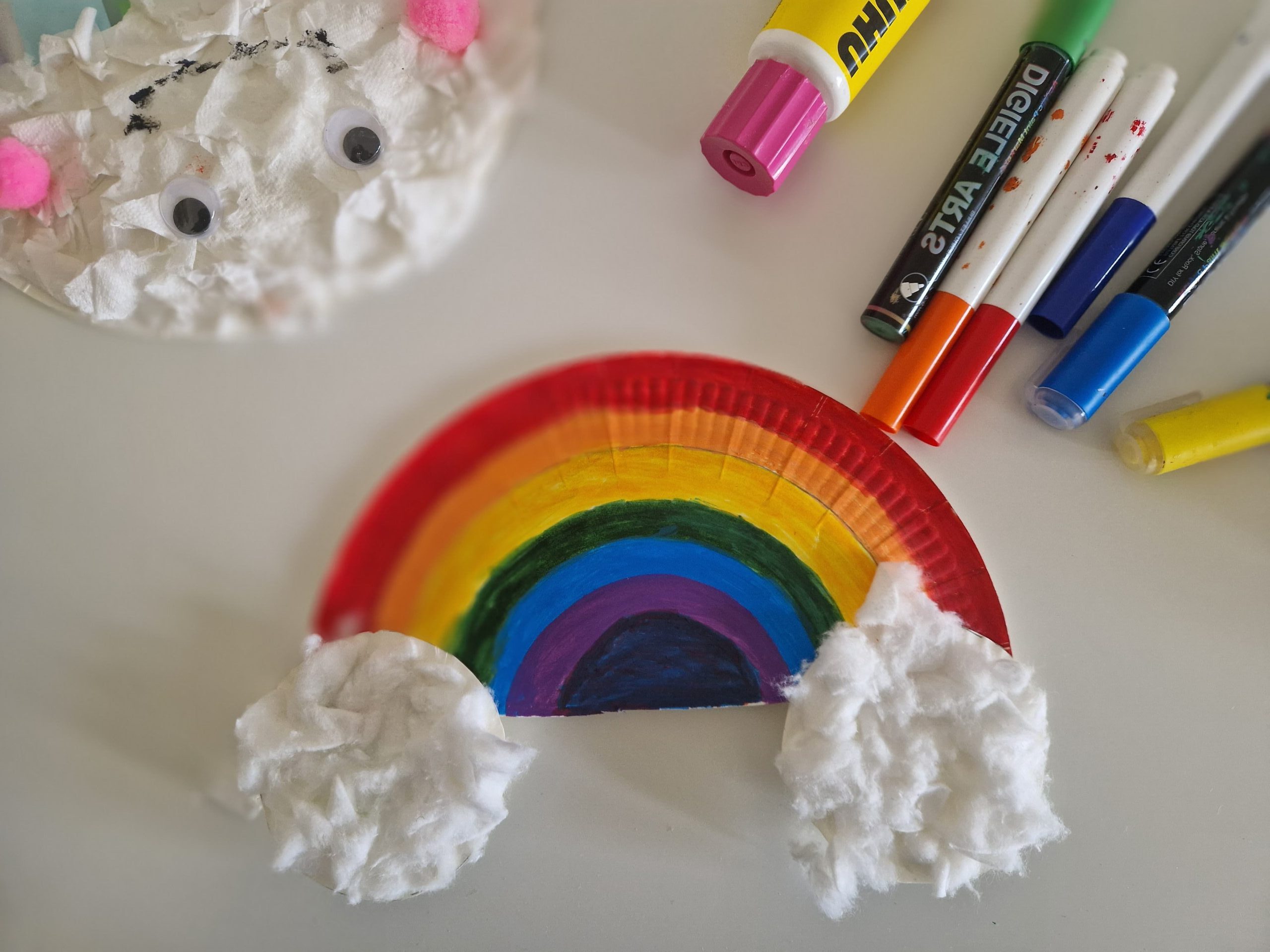
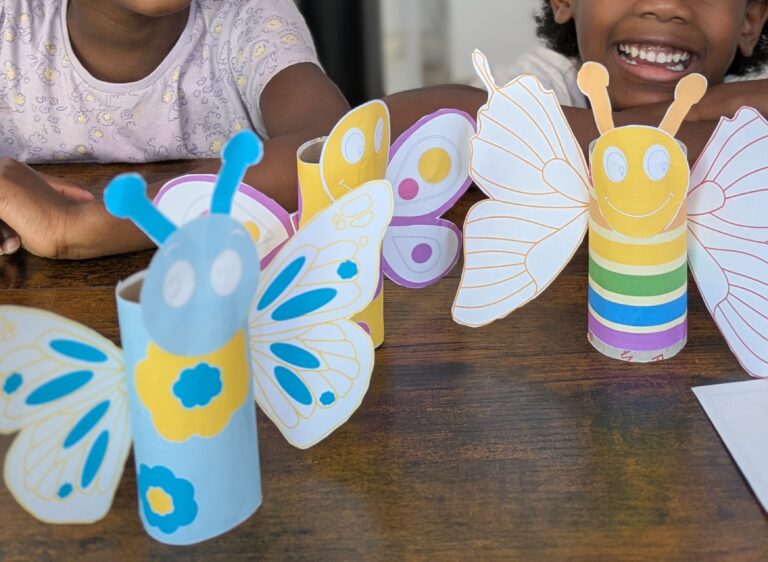
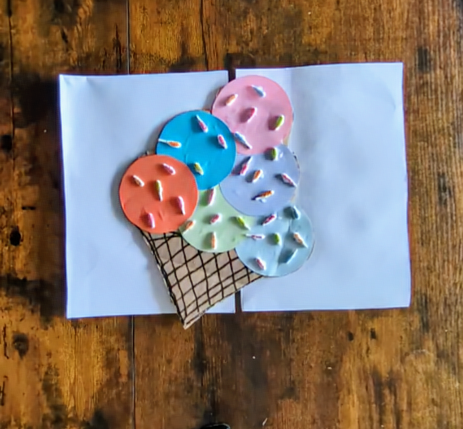
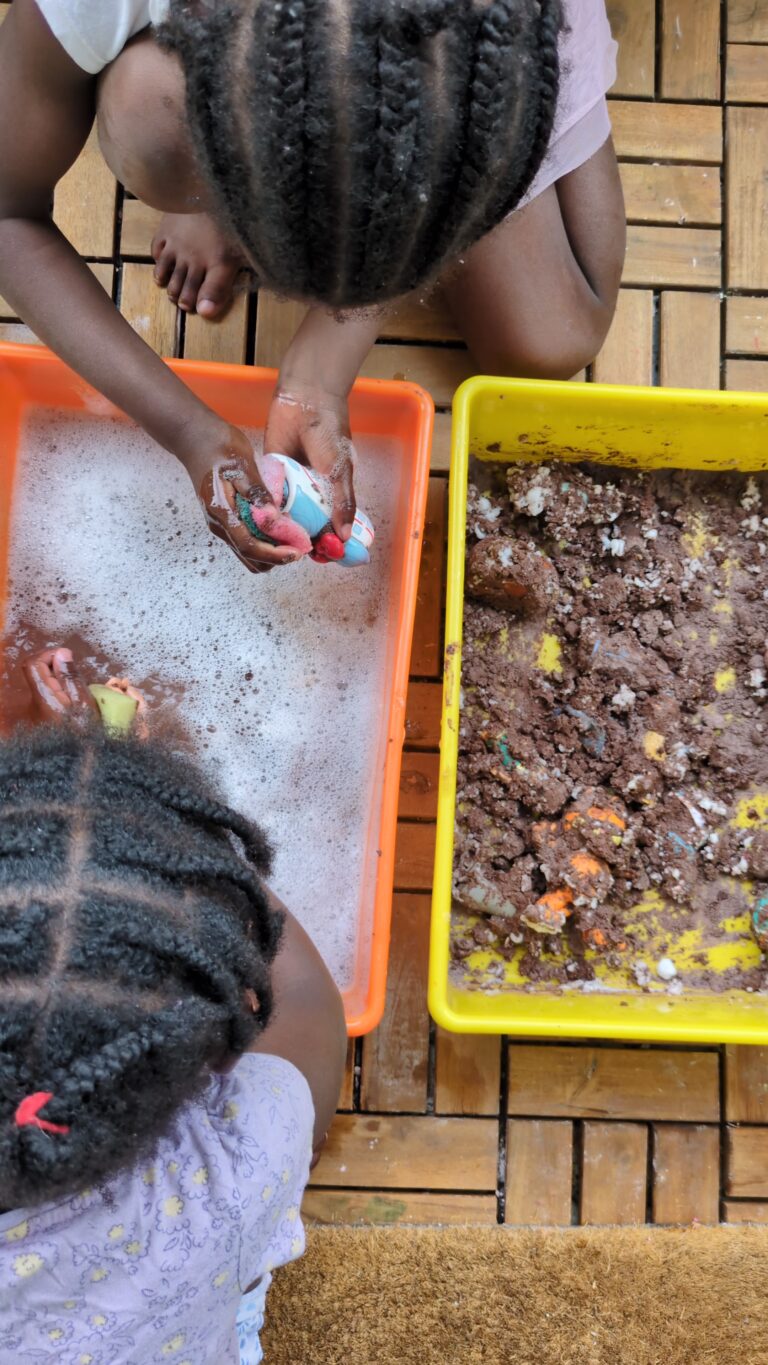

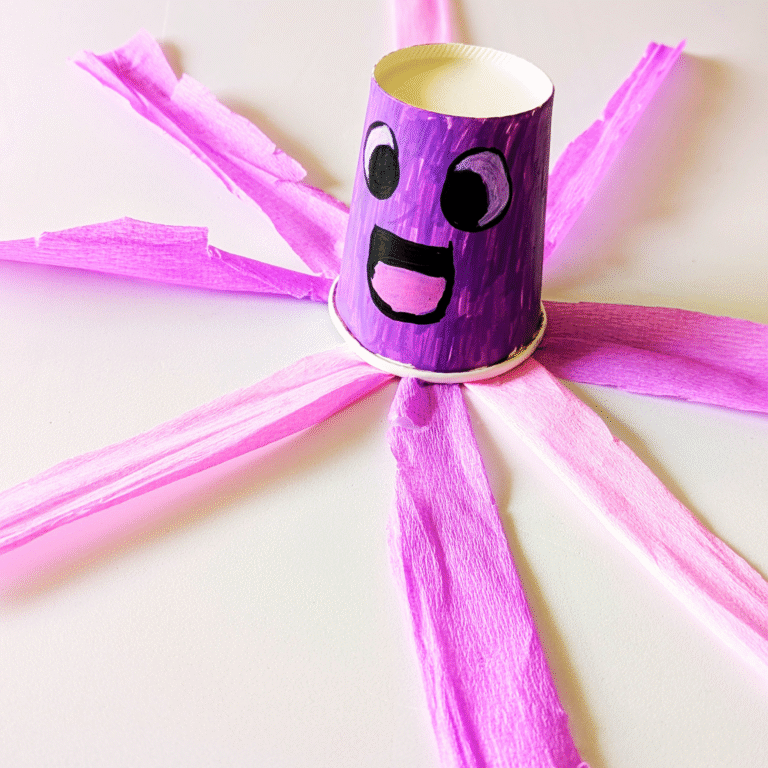

One Comment